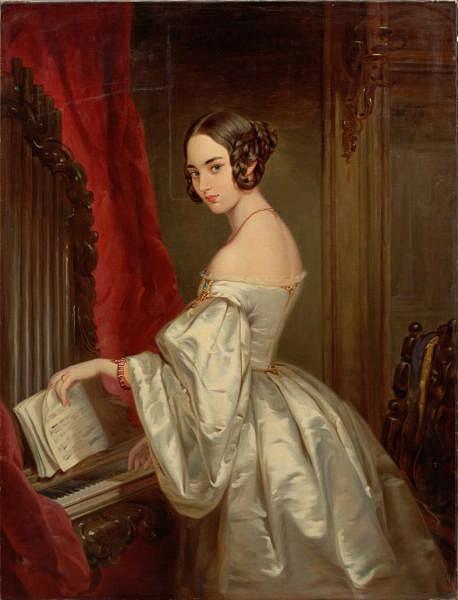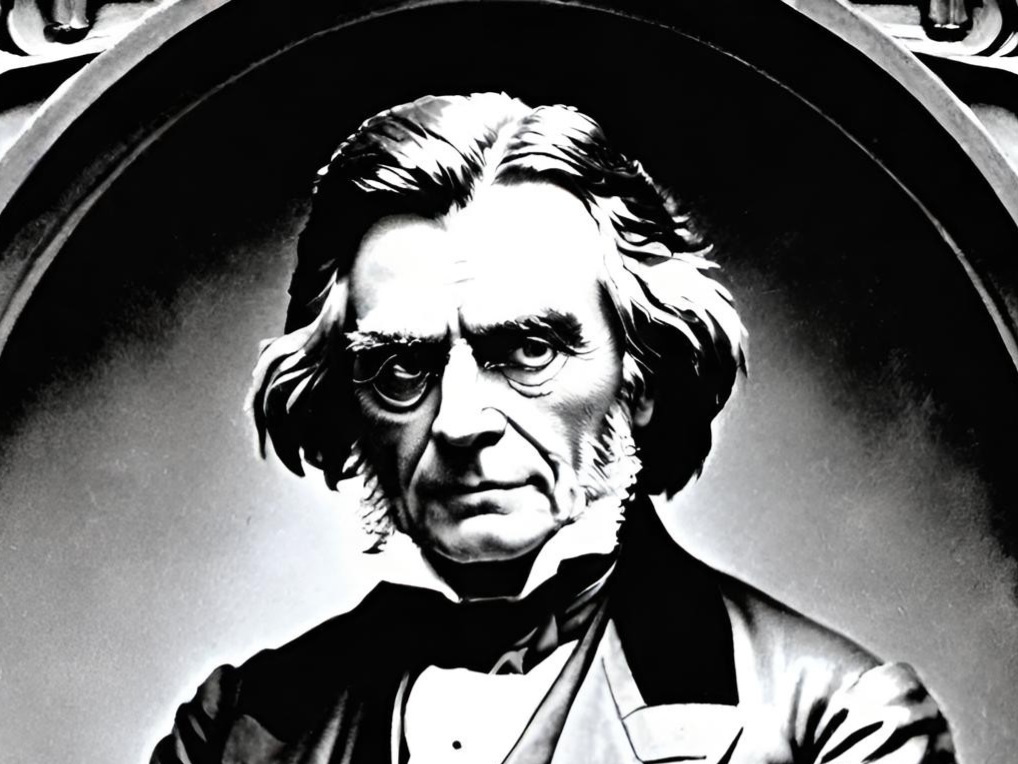Within the splendid panorama of nineteenth-century artistic endeavor, situated among a plethora of artworks that delineate the quintessence of nobility, there exists a singular masterpiece that persistently engages and fascinates scholars and aficionados of art: The Portrait of Princess Maria Ivanovna Kochubey, executed by Christina Robertson in the year 1845, stands as a testament to the enduring allure and complexity of artistic representation during this epoch. This remarkable piece is not merely a testament to Robertson’s extraordinary talent but a window into the soul of its subject, offering a timeless fascination.
Christina Robertson, a Scottish-born artist, achieved unprecedented success in the male-dominated art world of her time, becoming a court painter in Russia. Her ability to infuse her portraits with a palpable sense of life and character distinguished her work, making her one of the most sought-after portraitists of the Russian aristocracy. The portrait of Princess Maria Ivanovna Kochubey stands as a brilliant testament to Robertson’s skill, showcasing her unique blend of realism and romanticism.
Arresting Gaze
The portrait depicts Princess Maria, a young woman of the Russian nobility, draped in luxurious fabrics that whisper tales of wealth and status. Yet, it is not the opulence of her attire that draws the viewer in but the arresting gaze and the nuanced expression of the princess. Her eyes, dark and deep, hold a world of stories untold, reflecting a soul both introspective and aware. There’s a delicate balance of vulnerability and strength in her posture, a subtle defiance in her elegance, that speaks volumes of her character.
What makes this portrait utterly fascinating is not just the technical prowess it demonstrates but the emotional depth it captures. Robertson’s brushstrokes bring out the princess’s youth and the weight of her social position, along with a hint of the personal dreams and challenges she might have faced. The play of light and shadow, the meticulous attention to the textures of fabric and hair, and the lifelike depiction of skin tones all contribute to making this portrait a mesmerizing study of humanity.
Bold Work of Art
The context of the painting adds another layer to its allure. Created at a time when the roles and representations of women were heavily dictated by societal norms, the portrait stands out as a bold statement of individuality and grace. It challenges the viewer to look beyond the surface, to see the person behind the princess. In doing so, Robertson not only immortalized Princess Maria Ivanovna Kochubey but also cemented her own legacy as one of the finest portrait painters of her era.
Today, the portrait continues to inspire and fascinate. It has become a symbol of the enduring power of art to capture the essence of its subject, transcending the boundaries of time and place. For art lovers, historians, and casual observers, the portrait of Princess Maria Ivanovna Kochubey is a captivating invitation to explore the depths of human expression, the richness of 19th-century Russian aristocracy, and the legacy of a groundbreaking artist who dared to see and depict her subjects in a light uniquely her own.
Conclusion
In the end, the portrait of Princess Maria Ivanovna Kochubey is more than just a painting; it is a testament to the enduring fascination with the human condition, the complexities of identity, and the timeless quest for beauty and understanding. It stands as a beacon of inspiration, reminding us that the essence of a person can indeed be captured and preserved for eternity through the strokes of a brush.





